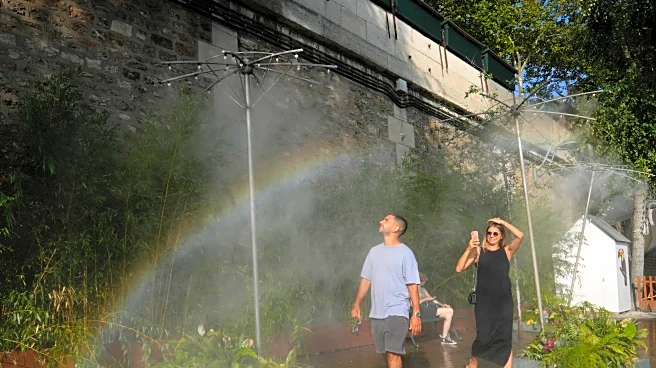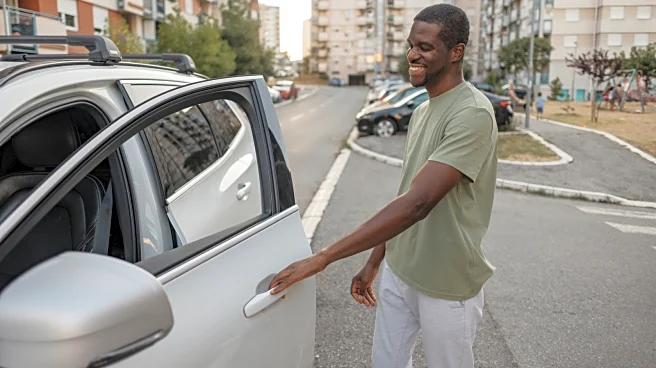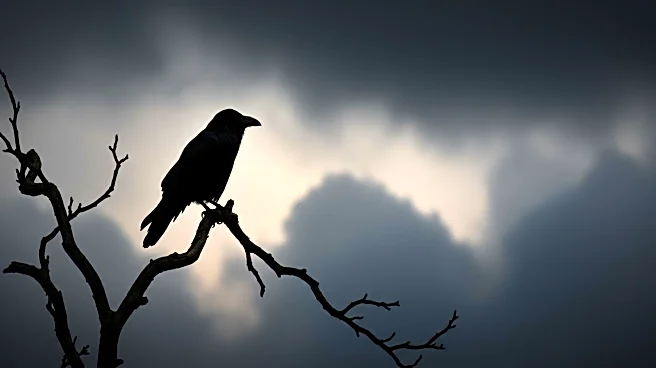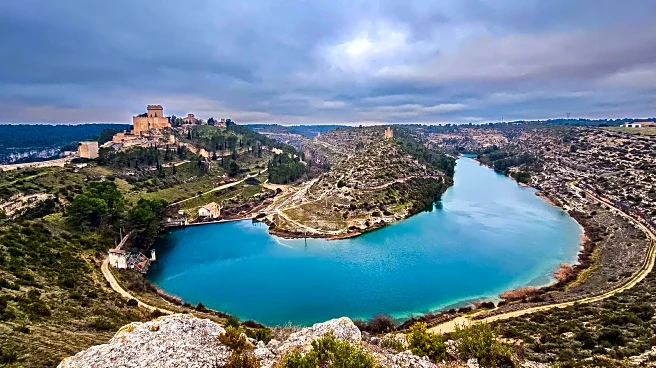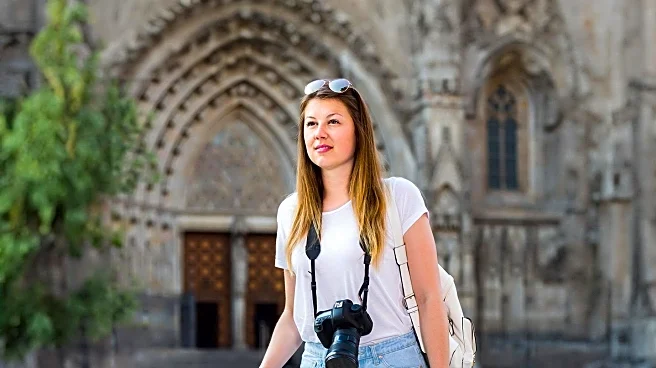
Already planning your next beach getaway? Of course you are! But instead of braving the sargassum-packed beaches of Cancun or fighting through hordes of tourists in a southern Spain hotspot, why not try somewhere more under the radar? A new report by the European Environment Agency has pinned two lesser-known countries in the limelight, naming their coastal waters the cleanest in Europe. With Croatia — the wildly underrated country with the cleanest water in Europe in 2023 — slipping a few spots
this year, it's time to hit nearby Slovenia and the Baltic country of Lithuania.
The report centered on bathing water quality across all EU member states along with Albania and Switzerland, measuring both inland and coastal water sources. While Cyprus, Bulgaria, and Greece grabbed the top three rankings overall, it was the surprising tie between Lithuania and Slovenia for cleanest coastal waters that thrust the two countries into the vacation limelight. In fact, they both came out with a rating of 100% for their coastal bathing spots, making them more than worthy of consideration for your next beach vacation.
Keep in mind that the test sample size for both countries is lower than many others. Slovenia only had 21 coastal areas tested, while Lithuania was limited to just 16. Greece, on the other hand, which came sixth with an impressive 97% rating, had 1,728 bodies of water included in the report. But that shouldn't matter. There are epic and clean beaches in each of these wonderful countries, and you get bragging rights for being the cool traveler who visits off-the-beaten-track destinations compared to your friends.
Read more: 25 Best Beaches In The Caribbean
More Than Clean Coastal Waters In Slovenia

Take a quick glance at Slovenia on a European map, and you may be a little confused. It doesn't even look like it has a coast. The Balkan country is surrounded on almost all sides by Croatia, Hungary, Austria, and Italy, but zoom in a little closer and you'll find a tiny, 29-mile stretch of Adriatic coastline. It once boasted a far longer strip, but the to-and-fros of fallen empires ended with Italy annexing a significant chunk of the country, including the stunning city of Trieste.
The country's premier natural attraction may be the impossibly lovely Lake Bled, but its short coastline hides some of the most underrated beach spots in Europe. Named for its sweeping crescent shape, the beach of Moon Bay is known for its sparkling clear waters and smooth-pebbled beach. It requires a 45-minute hike to get there, but it's worth it to set your eyes on this beauty. For a less traditional swimming experience, take a leap from the piers of Piran, one of the prettiest cities in the Mediterranean. Floating out into the Adriatic for a view of the city's terracotta roofs only to swim back in for a shoreside plate of sea bass is the stuff European summer days are made of.
Of course, Slovenia is a wonder unto itself. With the Alps dominating one end of the country, the Adriatic wooing the other, and an intricate blend of Alpine, Eastern European, and Mediterranean cultures adding depth to the experience, the unsuspecting destination quickly becomes a firm favorite for new visitors. Throw in its newly crowned title of the cleanest coastal waters in Europe, and it's making a strong argument as an alternative to the tried-and-true Mediterranean powerhouses.
Who Needs The Med When The Cleanest Coastal Waters Are Baltic?
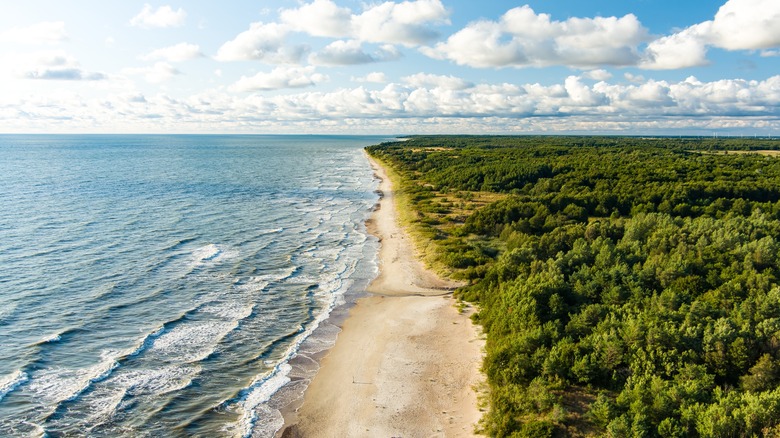
In the U.K., the word Baltic has two meanings. The first is the geographic region surrounding the Baltic Sea. The other meaning is a synonym for "absolutely freezing." That correlation may mean that arguing for a summer vacation on Lithuania's Baltic Coast is a hard sell. But it'd be worth the effort. Lithuania's scenery, culture, and milder temperatures make it an excellent seaside alternative when the southern European hotspots are baked by brutal summer sun.
The country's 51-mile-long coastline is short compared to other European countries along the Baltic coast, and it has some very unusual features. The Curonian Spit — a narrow, curved peninsula of sand dunes with wooded areas and several small settlements — runs parallel to the country's southern coast, creating a 625-square-mile freshwater lagoon between the peninsula and the coastline. The spit is a UNESCO World Heritage site whose sweeping, sea-facing beaches are a spectacle to behold at any time of year, with some of Europe's largest dunes framing the landscape. Along the Baltic coast at the northernmost end of the spit, the town of Klaipeda is one of Europe's more affordable beach escapes that also boasts a charming old town, pleasant bike paths, and vibrant festivals to boot.
For a more traditional beach experience, Palanga on the country's northern coast is the go-to hotspot. The picturesque resort town is awash with revelers in the summer sun. It's known for its lively parties, but there are plenty of tranquil beaches to be found nearby for enjoying the clean waters the country is now known for. For vacationers who flock to Palanga to celebrate the Lithuanian summer, the long wooden the Sea Pier is the town's favorite gathering place for strolling, fishing, sunset watching, or just admiring sea views.
Ready to discover more hidden gems and expert travel tips? Subscribe to our free newsletter for access to the world's best-kept travel secrets.
Read the original article on Islands.
